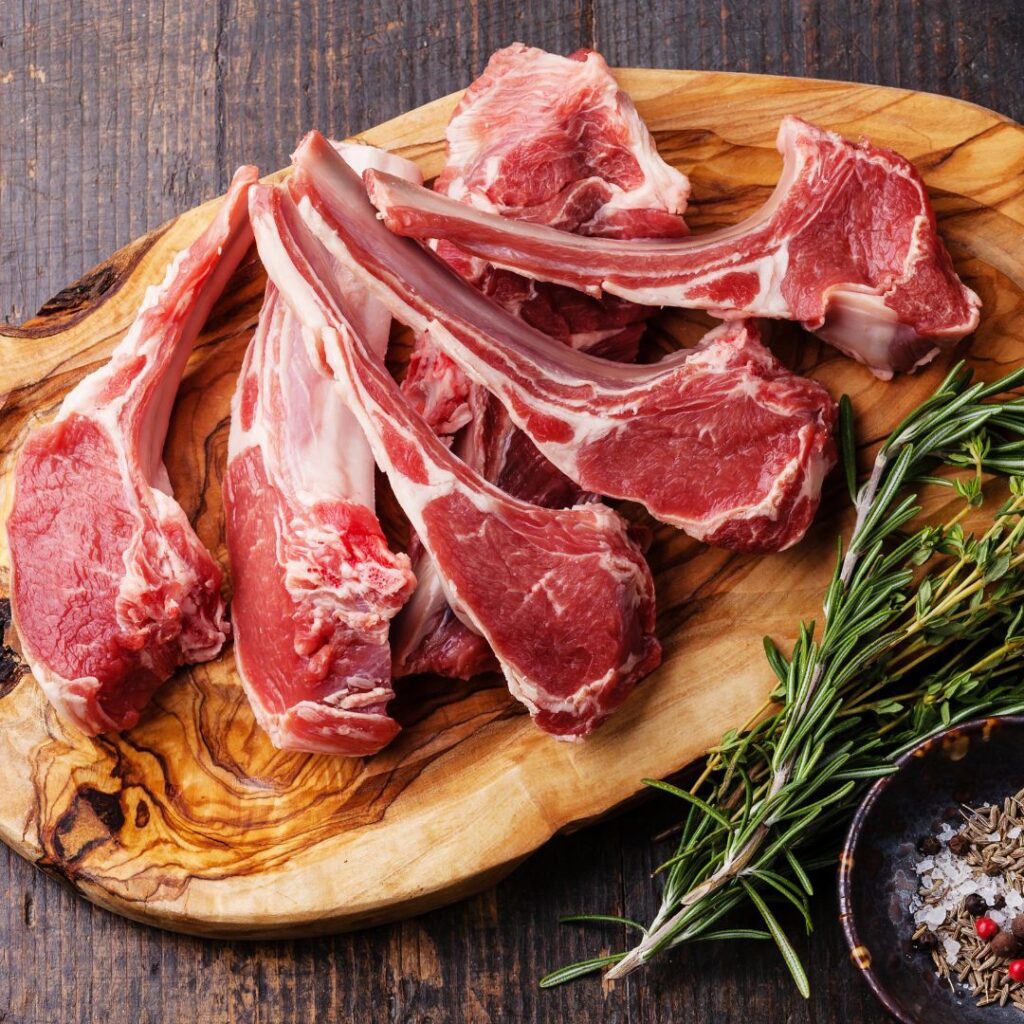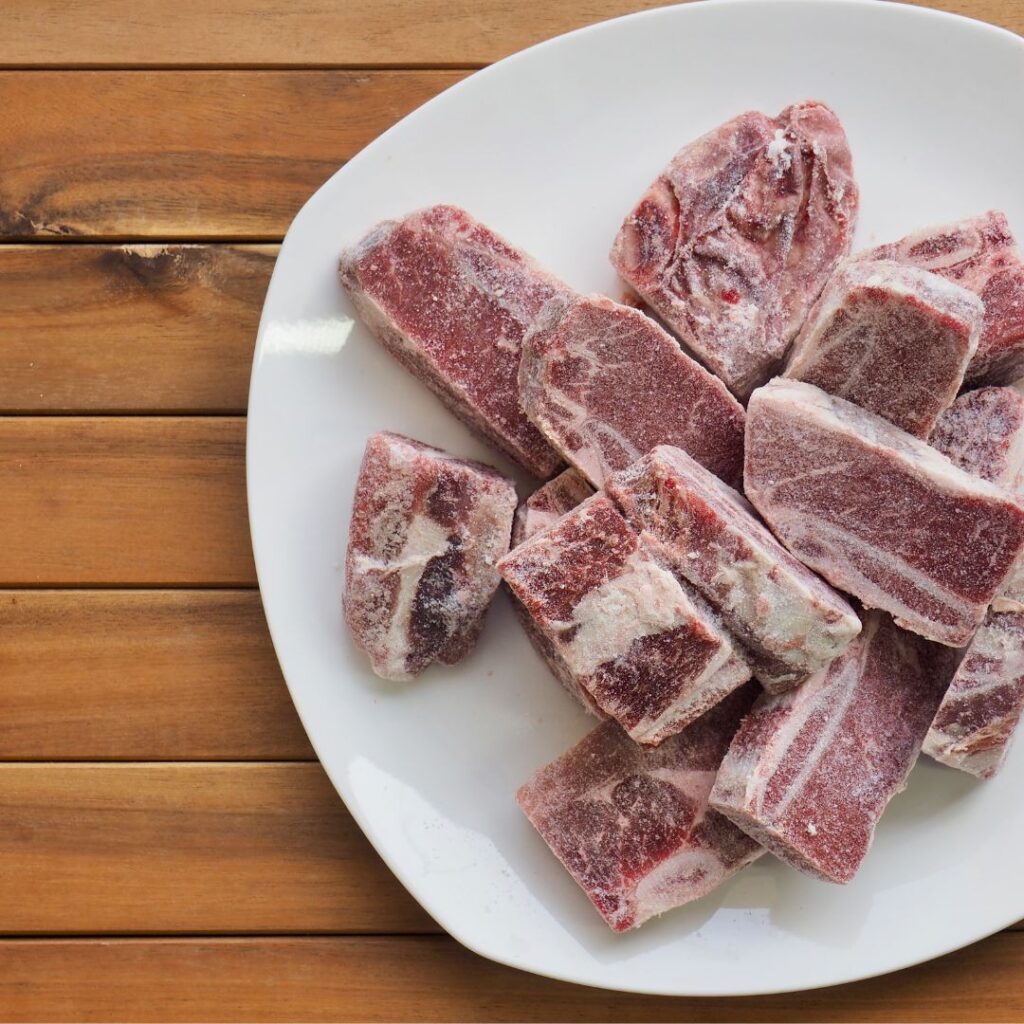In the culinary world, the quality of ingredients can make or break a dish. One of the perennial debates that has captured the attention of chefs and home cooks alike is the choice between using fresh meat ingredients and their frozen counterparts. The question that lingers in the minds of many is, does it truly make a significant difference in taste? Furthermore, does the quality of freshly cooked meat, which is subsequently frozen, compare to its freshly cooked and unfrozen counterpart? This article delves into the nuances of using fresh and frozen meat ingredients in cooking, while also exploring the taste differences between these choices.
Fresh Meat Ingredients: The Gold Standard
Fresh meat ingredients, in their raw and unaltered state, are often considered the gold standard in cooking. When meat is freshly sourced from a trusted butcher or supplier, it’s at its peak of flavor and texture. The advantages of using fresh meat are numerous:
- Flavor and Texture: Fresh meat tends to have a more pronounced, natural flavor and a pleasing texture. The moisture content and tenderness are often superior, resulting in a more enjoyable eating experience.
- Versatility: Fresh meat can be seasoned and prepared in a variety of ways to suit the specific needs of a recipe, making it a go-to choice for chefs looking to showcase the natural essence of the meat.
- Control: With fresh meat, you have complete control over the cooking process, ensuring it’s prepared to your exact specifications.



Frozen Meat Ingredients: A Practical Alternative
Frozen meat ingredients have their own set of advantages and are a practical choice for many, especially when convenience is a priority. Here’s why frozen meat can be a sensible option:
- Longevity: Frozen meat has an extended shelf life, allowing for convenient storage and flexibility in meal planning.
- Availability: Frozen meat is readily available year-round, regardless of seasonal fluctuations, making it a dependable choice.
- Price: Often, frozen meat is more budget-friendly than fresh cuts, making it an economical choice for families and budget-conscious consumers.



Taste Differences: Fresh vs. Frozen Meat
The taste differences between fresh and frozen meat are subtle but discernible. Many factors can influence these disparities, such as the type of meat, freezing method, and the duration of freezing. Generally, here are the key distinctions:
- Fresh Meat: Fresh meat typically has a more robust and authentic flavor. Its texture is often superior, especially when it’s prepared with care and expertise. This is especially noticeable in dishes that highlight the natural taste of the meat, such as steak or sashimi.
- Frozen Meat: While frozen meat can offer a satisfactory taste experience, it may exhibit a slight loss of moisture and tenderness due to the formation of ice crystals during freezing. To mitigate this, slow thawing in the refrigerator can help preserve the meat’s quality.
Freshly Cooked and Frozen Meat: A Compromise
What about meat that’s been freshly cooked and subsequently frozen for future consumption? The taste of freshly cooked meat is undeniably superior to its previously frozen counterpart. When meat is cooked, frozen, and then reheated, it may undergo additional texture changes, including a potential loss of juiciness and tenderness. However, with the right reheating techniques, such as sous-vide or gentle oven reheating, you can preserve more of the original qualities.
Conclusion
The choice between fresh and frozen meat ingredients ultimately depends on your culinary goals, lifestyle, and the specific recipe. Fresh meat is undoubtedly the preferred choice when you aim to create a gourmet experience, emphasizing the pure essence of the meat. On the other hand, frozen meat offers convenience and cost savings without a drastic compromise in taste, especially when used in recipes where seasonings and sauces play a prominent role.
To maximize the taste and quality of your dishes, consider the characteristics of the meat and the cooking method, and take measures to maintain the integrity of the meat when using frozen or previously frozen ingredients. The key is to make informed choices that align with your culinary priorities and ensure that every meal is a delightful experience.


No Comments